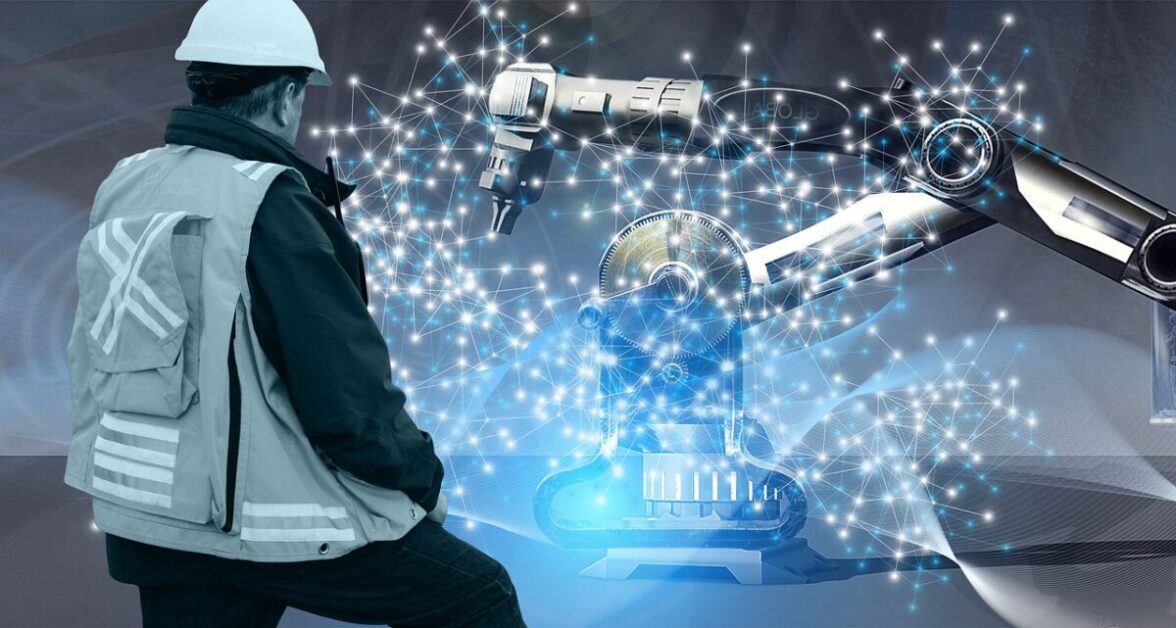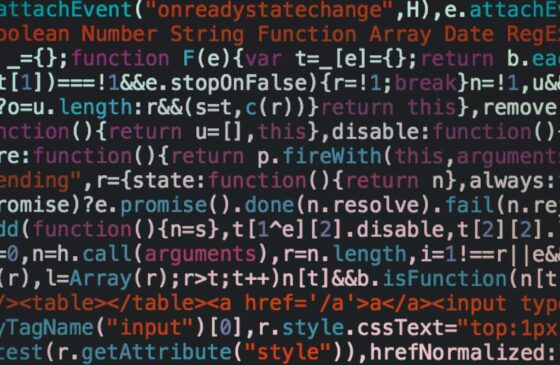![]()
Artificial intelligence has optimized routine operations in several industries. Amidst the exponential rise in internet users, the volume of relevant online data has also increased. This data serves as the backbone of efficient AI-powered tools. The purpose of these tools is to assist humans and minimize errors.
These tools are trained using deep learning algorithms to mimic human diligence and perform tedious tasks swiftly and efficiently. Therefore, it has become easier to analyze millions of data samples and devise a practical model. In this article, we will discuss how AI is revolutionizing different industries.
Automobile Industry
The automobile industry is hell-bent on applying the power of AI tools in their products. The purpose is to add another layer of convenience and security to their vehicles. Moreover, vehicle manufacturers are also eyeing an opportunity to lower their production costs by effectively deploying AI-powered tools at different stages of production. We are also moving towards the era of self-driving vehicles that can simplify public transport and provide a premium feature to customers. Here are some ways in which artificial intelligence is revolutionizing the automobile industry:
- Product Development: Vehicle manufacturers constantly toil around with the moving parts used in their products. Now, we know that a fuel-powered vehicle has several moving parts. Hence, it is crucial that every part is compatible with the chassis and the setup to ensure smooth functioning. However, sometimes to upgrade an existing vehicle, manufacturers upgrade a few parts to enhance performance and comfort. Therefore, a new product must be adjusted in the existing setup so that overall compatibility and part coordination aren’t disturbed.
For this reason, manufacturers have to build the entire vehicle with the specified upgrades and then test the vehicle in the actual case scenario. After several rounds of testing and tweaks, the upgrade is approved, and the vehicle is made ready for mass production. Currently, this is the traditional method of product upgrade, which consumes a lot of time and resources.
An AI-powered tool comes in handy at this part of the production using deep learning algorithms to create a simulation for testing and provide accurate results. Here, the details of existing vehicles are uploaded, along with all the tiny measurements. Now, the dimensions and utility of the new product are punched into the system. Further, details of the testing site are also loaded in the algorithm via image recognition tools. The AI-powered tools create a simulation that uses millions of data points to mimic reality. Therefore, a new product could be tested without developing an entire vehicle. Moreover, virtual testing means that the engineering cost can be lowered. The simulation helps in saving time and accelerating the manufacturing process. You can learn more about how you can utilize AI in the automotive sector, whether in the manufacturing process or for the vehicle owners by pursuing Great learning’s AI and machine learning courses online.
- Safety: The automobile industry has always been performance-driven. However, that approach has changed lately, and vehicle manufacturers want to ensure the best possible safety for their customers. For this reason, we are witnessing a series of AI-powered safety features in the latest generation of luxury vehicles. For example, the most common safety feature that we can see on almost every vehicle today is lane correction. The purpose of this feature is to assist the driver during long journeys. The lane correction tool uses millions of data samples and neural networks to identify lane markings on the road. The deep learning algorithm then judges the vehicle movement to mimic human diligence.
Therefore, if AI senses a lane crossing, it automatically corrects the steering to ensure that you stay in the correct lane. Similarly, the steering hold feature locks the steering in its place so the driver can free his hands for a while and release the physical stress. On the other hand, the smart braking system uses machine learning to calculate the safe distance with other vehicles on the road. Hence, if your vehicle gets too close, the brakes automatically apply to prevent serious impact collisions.
Insurance Industry
Insurance companies quickly realized the value that AI could add to their operations to optimize them and make them more efficient. Here are some ways in which the insurance industry is using AI-powered tools to its advantage:
- FNOL: First Notice of Loss is the beginning of the insurance claim process. Here, the insurer reports their loss or damage to the clerical department of the insurance companies. The FNOL reports are then forwarded to the appropriate department for processing. Thus, FNOL registration can take up a lot of time, burdening the workforce. Therefore, by deploying AI-powered tools at the consumer service end, the insurance companies can record FNOL 24X7. Plus, these tools can use deep learning algorithms to determine the nature of the loss to forward it to the appropriate department.
- Inspection: Once the FNOL is registered, the insurance company sends its officers to inspect the damage and ensure no foul play is involved. It leads to customer grievances sometimes on account of human bias. The insurance companies can also deploy AI-powered tools at this stage of the claim. The machine learning algorithm that teaches image recognition can come in handy. Also, this will bring more objectivity into the claim process, thereby reducing frivolous litigation. The AI-powered tools can use neural networks to determine the actual damage and make a report. Such tools can also decide the maximum amount of claims disbursed in the instant case.
Pharma Industry
The traditional approach of medicine prescription is “one fits all.” This approach can be problematic because diseases and symptoms could also be linked to several personal factors. Moreover, it has been reported that every patient responds differently to the same medicine. Therefore, the pharma industry and patients realized the need for personalized medication and treatment.
We have many health monitoring devices today that track our vitals 24X7. An AI-powered tool can use this patient data to analyze the activities and anomalies. Based on this information, the tool can devise a personalized model. In addition, the tool can analyze the medical condition and suggest a targeted treatment regime linked with the drug database.
Conclusion
This decade and the coming ones belong to artificial intelligence and machine learning technology. There is an urgent demand for professionals to develop customized algorithms for their organizations. Therefore, we can witness a surge in average salary each year. The industries discussed in this article are just the ones that were the first to implement AI in their operations.
Several other industries like research, finance, marketing, etc., also realize AI’s potential. If you want to revolutionize your business or organization through AI and ML, log in to Great Learning to find the tailor-made courses to suit your every specification, for instance, a course in AI for business leaders form Great learning. The industry veterans on this platform will help you make more intelligent and innovative business decisions, lead AI teams, and develop an AI strategy for your business or organization.



